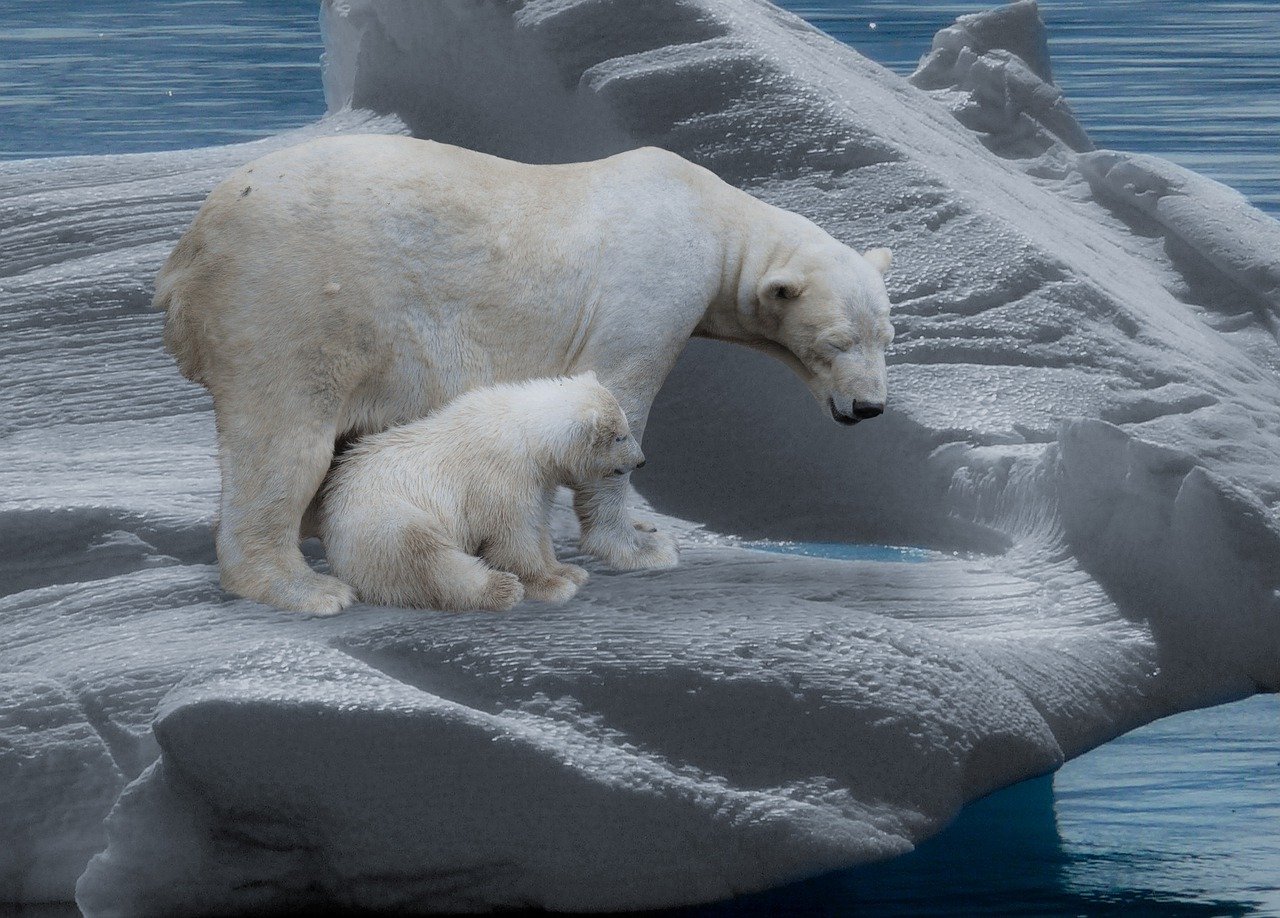The Earth’s climate is changing and we will, unfortunately, witness some environmental tragedies in our lifetime. One of them is the extinction of various animal species. Today we will discuss one grim prognosis that predicts mass extinction by looking at the past to find answers for the future.
How the Current Climate Change Affects Life on Earth
Temperatures are rising in an unnatural manner due to human activity. The atmosphere is getting warmer as it is covered in a blanket of greenhouse gases like carbon dioxide and methane, which retain heat and make it linger for hundreds of years. Every year, Earth’s temperature is rising by 0.18 degrees Celsius, which is a worrying stat.
History of Mass Extinctions
One recent research, conducted by the University of Oslo, estimated that if humankind does not act soon, we could witness a mass extinction event. A mass extinction event is categorised as an event where a population disappears much faster than it is being replaced.
Many species go extinct naturally; between 0.1 and 1 species per 10,000 go extinct every 100 years. This is a natural part of life and these species are usually replaced by others that already exist in the specific ecosystem or by new ones.
However, a mass extinction event is associated with unprecedented environmental catastrophes or external forces. A mass extinction event is usually defined by scientists as extinction of 75% or more of the species on Earth vanishing in a period of fewer than 2.8 million years (this is a short period in geological terms).
There have been allegedly five mass extinction events in our planet’s history:
- The Ordovician-Silurian
- The Devonian
- The Permian
- The Triassic
- The Cretaceous
The first one, the Ordovician-Silurian mass extinction, occurred around 443 million years ago perhaps due to low temperatures and decreasing sea levels, thus destroying 85% of life on Earth, mainly marine animals.
The Devonian mass extinction happened 374 million years ago and killed 75% of species, again mainly marine ones. Scientists haven’t reached an agreement as to what caused it, but they predict it was rapid warming and cooling, rising sea levels, and change in the atmosphere.
The Permian mass extinction event has so far been the deadliest one, wiping out 95% of life forms, among which were many evolved vertebrates. Due to the sheer size of this catastrophe, many scientists have attributed it to an asteroid hitting the Earth or a volcano eruption.
A recent Harvard study though argues that the extinction was instead a gradual process caused by climate change. Whatever happened, made way for the dinosaurs to evolve and rule the world for 165 million years. Still, another extinction event, the Triassic one, wiped out another 80% of species 200 million years ago, mainly dinosaurs.
The last mass extinction event, the Cretaceous, “finished the job” and destroyed all non-avian dinosaurs. The tragedy that occurred 65 million years ago might have been caused by an asteroid hitting the Earth, speculating that it fell in modern-day Mexico.
Learning from the Past
As we can see from these five mass extinction events, climate change was the main driver for them. While they were not caused by human activity and might occur again without our involvement, scientific research has pointed toward the possibility of a man-made catastrophe.
This catastrophe will be the result of our reliance on fossil fuels, which are, ironically, the remains of the species destroyed in the five extinction events.
Returning to the research we mentioned earlier, scientists from the University of Oslo estimate that one-third of all species on Earth might face extinction if the temperature trends we see today continue. They argue that these species will not have enough time to migrate to places with better living conditions.
Even if measures are taken today to curb this dire prognosis, some species are already destined to go extinct. Some estimates predict that if all countries that signed the Paris Agreement abide by it, we might “only” lose 2 for every 10 plant and animal species by 2070.
Let us also note that it’s not only the temperature itself that is the issue; it is, however, the driver behind most issues. Some species tolerate rising temperatures (up to a certain point), but these temperatures also contribute to droughts, wildfires, and rising sea levels, which destroy the habitats of thousands of plant and animal species.
For instance, in 2019, a small mammal, the Bramble Cay melomys, officially went extinct after its habitat was shrunk by 97% due to the rising sea levels around Papua New Guinea. Unfortunately, the melomys is unlikely to remain the only victim of climate change.
To protect our most vulnerable earthlings, plants and animals, we have to make sure that their ecosystems remain intact. We have to ensure the survival of the smallest insect and the largest mammal, because they all serve their natural purpose.
Some immediate measures we can take are to ban the hunt of protected species and the import of products made of them. Next, we should curb deforestation, and in general work with charities that attempt to preserve the natural habitat of many species.
WWF, for example, works with local communities in Nepal and India by helping them find resources outside of territories claimed by the wild tiger population.
There are many more things to do, but it all starts and ends with us. Do your part by minimising your carbon footprint and donating to well-meaning charities. You should also hold your own government accountable by demanding they do more to preserve life on Earth.
